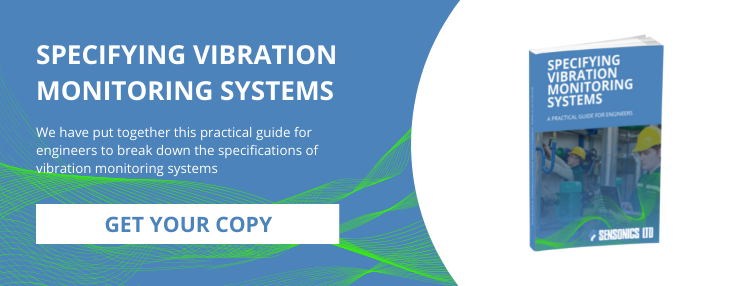An Introduction To IEC 61508 And Its Application To Machine Protection Systems
Machine protection systems play a vital role in ensuring that deviations from normal system parameters are detected at the earliest opportunity so that corrective action can be taken. While eliminating risk completely is an unrealistic goal, manufacturers of machine protection systems are constantly seeking effective ways to minimise danger and reduce the chances of serious hazards occurring.
Industry experts have devised universal standards, such as IEC 61508, to ensure that the development of safety-critical equipment is underpinned by a sharp focus on risk mitigation, reduction, and management.
What Is IEC 61508?
IEC 61508 – the Functional Safety of Electrical/Electronic/Programmable Electronic Safety-Related Systems
This is a globally recognised safety standard that applies to all sectors of industry. It provides practical advice for manufacturers and defines the functional safety requirements for numerous safety-related systems, such as machine sensing and protection systems. This includes shaft overspeed detection, absolute casing vibration, relative shaft vibration and thrust/axial shaft position.
The IEC 61508 standard aims to support manufacturers of safety-related systems to make sure that their devices work correctly, thereby reducing risk as far as possible. By observing IEC 61508, manufacturers reduce risks by lessening the chance of them occurring in the first place or, if they do, minimising the seriousness of their consequences.
The Safety Integration Levels
A key element of achieving functional safety as defined by IEC 61508 is the Safety Integration Levels (SILs).
A Safety Integration Level indicates the level of risk inherent to a particular function within a system. The SIL rating, between SIL1 and SIL4:
- Correlates to the frequency and seriousness of hazards.
- Determines the necessary level of performance to achieve and maintain safety.
- Defines the probability of system failure.
The higher the SIL rating, the greater the risk of functional failure. Where there is a high risk of failure, stricter safety requirements are necessary.
The Importance Of Risk Management
The IEC 61508 standard requires manufacturers of safety-related systems, such as machine protection equipment, to complete a detailed analysis of potential risks or dangers that could exist within a system.
Risk management is imperative to achieve compliance with IEC 61508. While the standard is not compulsory, organisations that have achieved it can actively demonstrate that they have conducted a risk assessment of threats that could affect the functionality of safety-related equipment and applied the appropriate practices to reduce their risk level.
Contact Sensonics For Professional Advice
Sensonics are one of the UK’s leading suppliers of vibration monitoring and turbine supervisory equipment, many of which are available with SIL certified systems according to IEC 61508 standards, giving our clients confidence in the quality and safety of their investment.
To find out more, please call our expert team today on +44 (0) 1442 876833.



